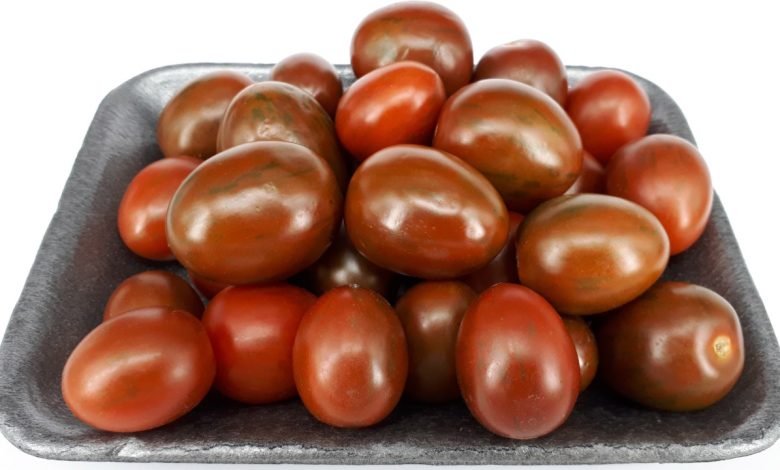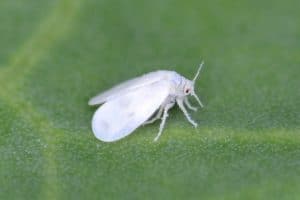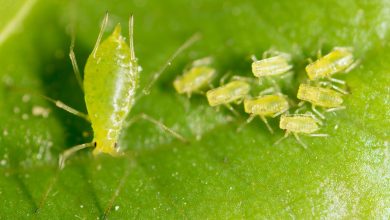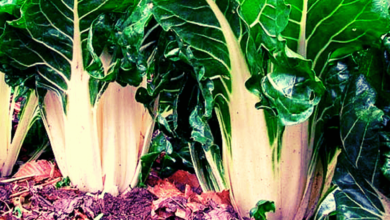Kumato Tomato: [Planting, Care, Irrigation, Substrate and Pests]

The kumato, mini kumato or black tomato, «pata negra» is a fruit that has its origin in plant reproduction techniques that give it a wide variety of properties.
Its scientific name isSolanum Lycopersicum and is one of the most exotic tomato varieties due to its color, apart from its flavor and texture. Its tonality, which ranges from golden green to dark brown, or because of its small size.
Important points when planting kumato
 Where to sow? A lot of light. It needs direct sunlight.
Where to sow? A lot of light. It needs direct sunlight.- When? Mid or late winter.
- How do we prepare the land? Removed, removing weeds. With substrate of organic matter and peat.
- How do we water? With drip.
- How often do we water? Every day keeping humidity in summer. Rest of the year frequently, without excess.
- Plagues and diseases? White fly, tomato moth. Cladosporium fulvum and Powdery mildew.
Characteristics of the kumato
This fruit arises as a natural response of the wild tomatoes of the coast of Almería, in Spain, to adapt to the conditions of drought and salinity of the Mediterranean areas.
The kumato tomato has a sweet flavor, with slight acid notes, a firm texture and is very juicy. This set of characteristics gives it an intense tomato flavor that many consumers no longer distinguish in the common ones.
On a nutritional level, the kumato tomato provides very few calories and provides vitamins A and C and mineral salts. Therefore, they recommend it for weight loss diets.
When to sow the kumato tomato?
The best time to sow kumato is in mid to late winter because it cannot be kept in very low temperatures, much less germinate in deep frosts.
Where to plant kumato?
 Kumato requires full light exposure, making it an outdoor plant.
Kumato requires full light exposure, making it an outdoor plant.
The ideal temperature for growing and sowing Kumato is between 20 and 30 °C during the day and between 17 °C at night.
A temperature that exceeds 30 or 35 °C can cause damage to fruit production, because the ovules have an unstable development, just like the plant. Below 12 °C, it can affect its growth.
If the kumato does not receive the necessary amount of light, it can have negative effects on the process of flower formation, fertilization and also on the general development of the plant .
How to prepare the land for the cultivation of kumatos?
 The soils for the cultivation of kumato must be neutral and with peat that provides organic matter so that it can grow and develop fully.
The soils for the cultivation of kumato must be neutral and with peat that provides organic matter so that it can grow and develop fully.
And, although it makes few demands on the soil, it needs the soil to have excellent drainage. It prefers a soil with a siliceous texture as well as clay and an abundant amount of organic matter.
However, it has the ability to have an excellent development in a soil that is clayey and at the same time sandy.
In relation to the pH, the soil for the kumato has the possibility of being a little acid or a little alkaline if it is properly sanded.
Kumato is one of the species that is grown in greenhouses and has the ability to withstand salt levels, either in the soil or in the water used for irrigation.
How do we water the kumato?
 Irrigation for the kumato plant should be moderate and it will suffice to keep the soil moist day after day.
Irrigation for the kumato plant should be moderate and it will suffice to keep the soil moist day after day.
Irrigation is one of the keys to the development of this type of tomato and we have two ways of approaching it: Restrict irrigation and water moderately.
The benefits of periodically restricting irrigation will produce a much darker fruit that will give it a more concentrated and intense flavor. The risk that is run is that of overdoing the irrigation by default and damaging the fruit.
With moderate irrigation the fruit will be less dark in color and have a normal flavor, it is the common way of development.
The ideal option that we recommend is drip irrigation.
How do we sow kumato step by step?
 Kumato can be sown by seeds. It is necessary to take into account that, as a hybrid plant, the fact of obtaining a seed does not guarantee that it is exactly the same species.
Kumato can be sown by seeds. It is necessary to take into account that, as a hybrid plant, the fact of obtaining a seed does not guarantee that it is exactly the same species.
New hybrids are continually being developed by many brands and researchers.
Once the seeds germinate, begin to grow and have their first true leaves, the transplant must be done.
This transplant must be done when all the frosts have passed because the plant could die.
It is important to support or stake the kumato plant as it can reach a very respectable height of 150cm or even a bit more.
What favorable associations does it have?
 The association of crops of compatible plants produces benefits with respect to their cultivation separately, in addition to the use of light, water and/or nutrients.
The association of crops of compatible plants produces benefits with respect to their cultivation separately, in addition to the use of light, water and/or nutrients.
The kumato is a hybrid and as such requires special care for its cultivation, so it is recommended not to associate it with other plants that prevent its proper development. For example, don’t plant it near other fruiting vegetables.
What pests and diseases does it have?
 Regarding the management of pests and diseases, the kumato is affected to a greater or lesser extent by the same problems that affect the traditional tomato.
Regarding the management of pests and diseases, the kumato is affected to a greater or lesser extent by the same problems that affect the traditional tomato.
The most representative are: the white fly, the tomato moth, among others, and in terms of fungal diseases, the main ones are Cladosporium fulvum and Oidio.
However, like tomatoes, kumato can be attacked by the tomato moth. The larvae penetrate the fruits, leaves or stems on which they feed, creating perforations and galleries (mines).
To prevent pests in the kumato crop, it is recommended to use planting material that is free of the pest; remove leaflets, shoots and damaged fruits; raise the plantations and crop residues avoiding the spread of the pest.
Wait 6 weeks from when the remains of a plantation are cleared and a new transplant is carried out and apply a prior treatment when uprooting the damaged crop with an adulticide and a larvicide phytosanitary product.
Bibliography and reference
- Holadoctor.com All about the kumato or black tomato. Reproduced from: https://holadoctor.com/es/%C3%A1lbum-de-fotos/qu%C3%A9-necesitas-saber-sobre-el-tomate-kumato-o-negro
- Plants and flowersonline.com. Tomato-kumato. Reproduced from: https://plantasyflores.online/tomate/kumato/
- Agroalimentando.com. Kumato tomato. Reproduced from: https://agroalimentando.com/nota.php?id_nota=5058
- Sarmiento Lourdes. Characteristics, properties and cultivation of the Kumato tomato. Reproduced from: https://www.jardineriaon.com/caracteristicas-propiedades-y-cultivo-del-tomate-kumato.html
- Sigenta.es. Tomato moth. Reproduced from: https://www.syngenta.es/cultivos/tomate/plagas/polilla-del-tomate.
- Agritotal.com. Tomato flavored tomatoes. Reproduced from: https://www.agritotal.com/nota/tomates-con-sabor-a-tomate/
To deepen on tomato planting:




![Photo of The Ivy: [Planting, Irrigation, Care and Substrate]](https://www.complete-gardening.com/wp-content/uploads/2022/08/the-ivy-planting-irrigation-care-and-substrate-390x220.jpg)